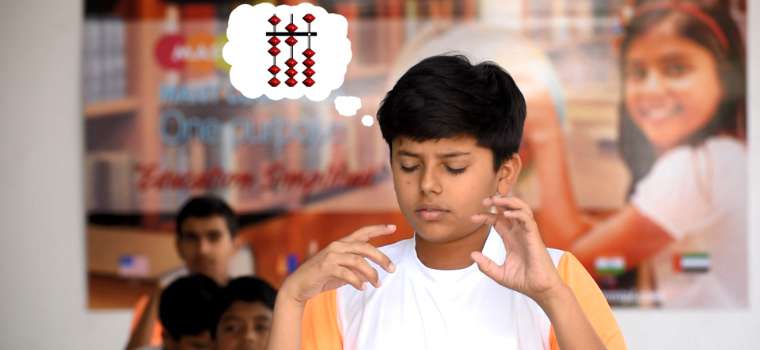
How Does An Abacus Work?
Abacus is a multi-sensory, ancient calculating tool that helps children understand math interestingly and easily. Abacus, also known as "Suanpan", is a Chinese calculator that has been around for over 2,000 years. The other most popular Abacus in use is Sorobon or the Japanese Abacus.
Structure of Abacus
An abacus is a manual calculator that uses sliding beads to represent numbers. The rows and columns of beads represent the digits in your number. Talking of the structure of the Abacus, it has one upper and four lower beads in one rod. Abacus has 17 rods in a standard Student Abacus or teacher Abacus. Five dots make up the middle partition of the instrument. This partition is known as the horizontal bar. The value of any bead is achieved when it touches this bar.
How Does An Abacus Work?
+1=+5-4
+2=+5-3
+3=+5-2
+4=+5-1
+9=+10-1
+8=+10-2.
So on.
Other Benefits of Abacus
As you have seen, the calculations on Abacus Tool are based on the movement of beads. One-hand or two-handed calculations are used. Because this method enhances left and right brain coordination, it is better to use both hand fingers.
Studies have shown that learning abacus helps improve mental arithmetic skills and cognitive skills. It also aids in brain development.
During the Abacus Training, the students learn to visualize the Abacus instrument and move the beads mentally per the requirements of the sum. Thus, although the basic method of calculation is followed, the physical Abacus is not used. The visualization allows the students to do the calculations at an exceptional speed. This is when we say the child is able to perform Mental Math. They calculate faster than a calculator.
Mastermind Abacus
A student can learn to use the Abacus tool by enrolling on an Abacus Class Online learning is also possible for Abacus. Abacus Live online E-Learning portal of Mastermind is an interactive learning portal that features animated and math-game-based videos for practice.
If you are looking for an Online Abacus Class, Book a Free Demo for a first-hand experience.
Also read: Why Abacus For Kids ?





